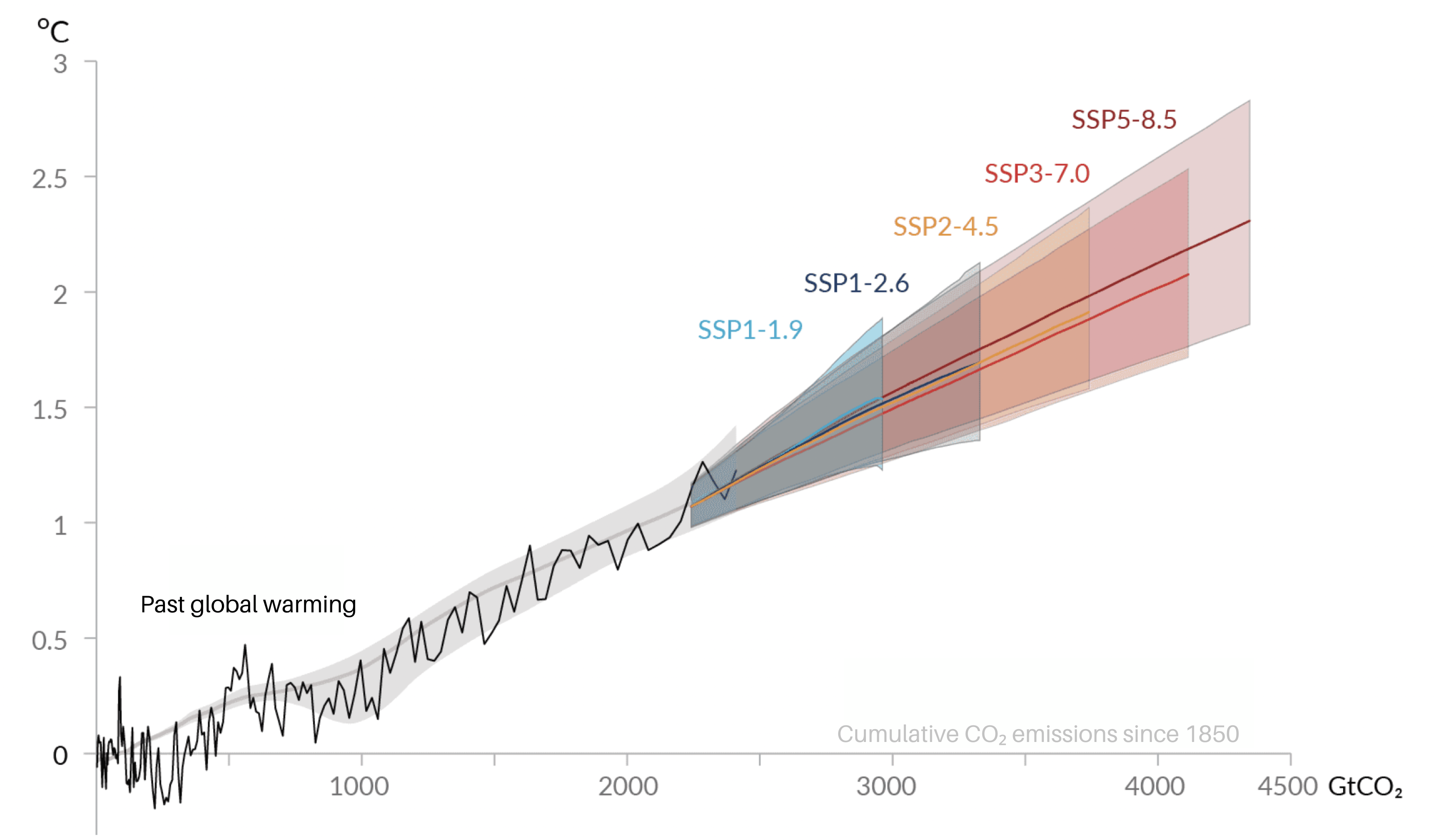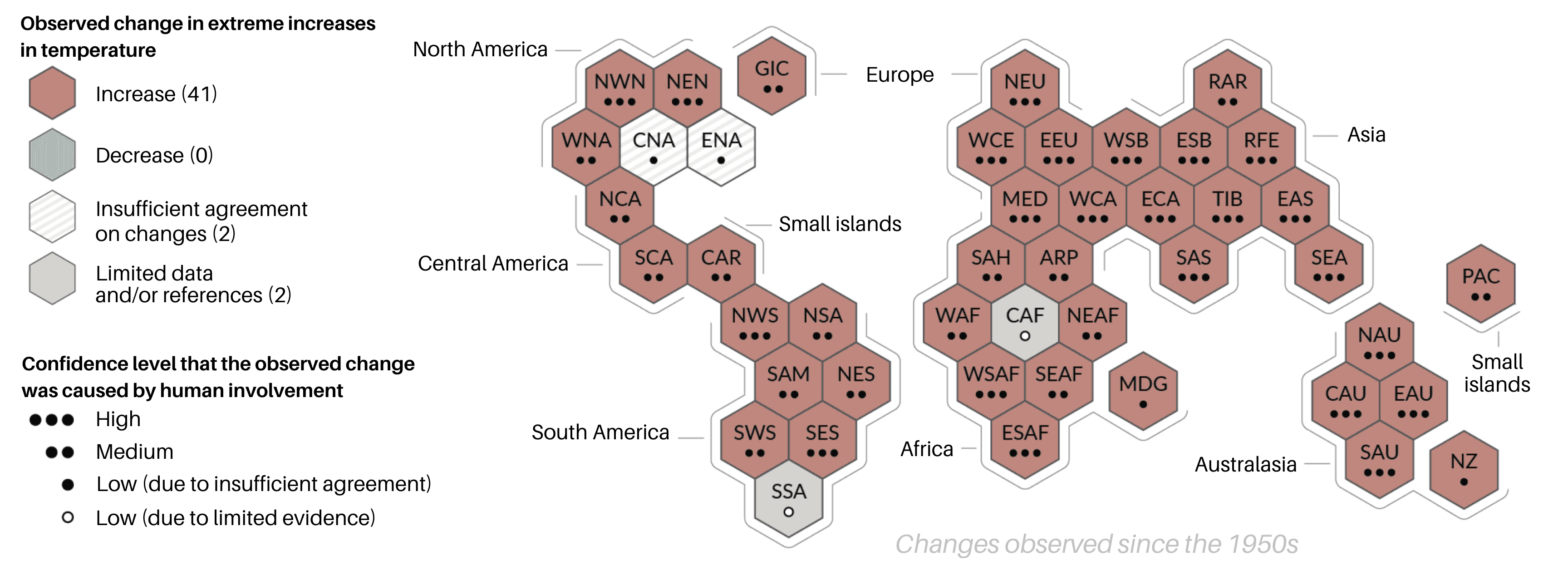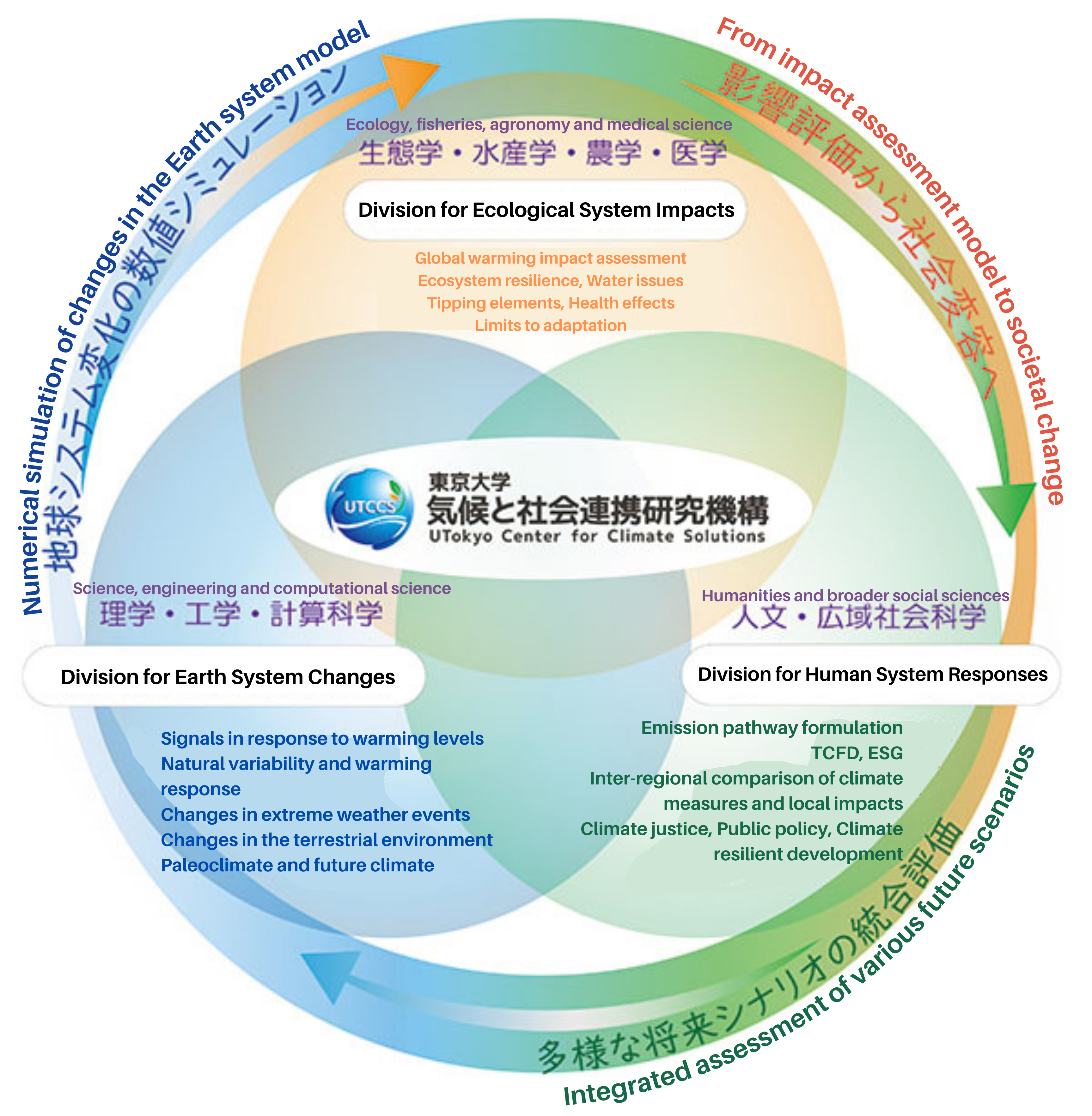UTokyo researchers answer questions on 21 GX (Green Transformation) topics from their specialist viewpoints. Through questions that cannot simply be brushed off as someone else’s concerns, take a peek into GX and our world of research.
Q1. Is it true that humanity has only 10 years left?
So said the previous chair of the Intergovernmental Panel on Climate Change during “Tokyo Forum 2020.”* If nothing is done, is humanity done for?*Annual international conference jointly hosted by UTokyo and Chey Institute (South Korea). The conference theme in 2020 was “Global Commons Stewardship in the Anthropocene.”
Answered by Masahiro Watanabe
Professor, Atmosphere and Ocean Research Institute
Climate System Science

Mitigation and adaptation — a two-tier response to climate change
This statement does not mean that global warming will destroy the Earth as we know it if humans make no effort to reduce greenhouse gas emissions in the next 10 years. Global warming has its advantages and disadvantages, but it is clear the latter are more significant. The 2021 UN Climate Change Conference (COP26) set a target of capping the rise in average global temperature to less than 1.5°C higher than it was before the start of the Industrial Revolution. Scientific evidence indicates that this target can only be achieved by strongly promoting decarbonization, which necessitates major changes in energy policy, lifestyles and other areas. If these changes do not occur within the next 10 years, the rise in temperature will inevitably exceed the 1.5°C target, but this by itself would not mean the destruction of our planet.

Cumulative CO2 emissions and increase in average temperature
The x-axis shows the cumulative amount of CO2 emitted by humans since 1850, and the y-axis shows the rise in the average global temperature. An almost linear relationship is seen for all five illustrative scenarios.

Extreme increases in temperature and confidence levels about human involvement
Changes observed in each region since the 1950s. Each region is indicated as a three-letter abbreviation, e.g., EAS = East Asia, NWN = Northwest North America. Humans have influenced the climate in almost all places where they have resided.
Figure 1 and Figure 2 are from the IPCC Sixth Assessment Report, Working Group I contribution, Summary for Policymakers (https://www.ipcc.ch/report/ar6/wg1/downloads/report/IPCC_AR6_WGI_SPM.pdf).
We have two ways to respond to climate change — mitigation and adaptation. Typical mitigation measures include switching from fossil fuels to renewable energy sources, and CO2 retrieval by carbon removal techniques or afforestation. There are some aspects of climate change that cannot be stopped through these efforts, however, and that’s where adaptation comes in. Adaptation involves adjusting one’s situation and surroundings to be able to live with global warming. Examples of adaptation include improving crops so they can grow in higher temperatures, or designing cities in such a way that rivers cannot overflow even after heavy rainfall. However, as it becomes harder to adapt the more the climate changes, it is clear that suppressing those changes as much as possible is the best approach. Although the original target agreed on in the 2015 Paris Agreement had been a 2.0°C ceiling, upon considering this difficulty in adaptation, the target was reduced to 1.5°C at COP26.
A collaborative research organization launched with climate and society in mind

The Intergovernmental Panel on Climate Change (IPCC) has three Working Groups. Working Group I aims to understand and predict global warming, while Working Group II assesses adaptation measures and Working Group III evaluates mitigation efforts. In this manner, humanity is trying to respond to climate change by using both mitigation and adaptation strategies based on science. UTokyo is also active in this area, establishing the Center for Climate Solutions in July 2022. With three research divisions mirroring the make-up of the IPCC Working Groups, the Center aims to overcome climate change issues by using scientific evidence. One noteworthy feature of the Center is its inclusion of departments connected with the humanities and social sciences. Science does not normally get involved in value judgments, but fighting climate change through mitigation and adaptation requires changes in human awareness and behavior. If accumulated value judgements are demonstrated to have an impact on future CO2 emissions, then science must also engage in dealing with them.
My research focuses on the mechanisms and possibility of forecasting climate change. In particular, I am looking into how the Earth’s climate changes when CO2 levels increase, and I am also a member of IPCC Working Group I. How far ahead can we predict the changes in mechanisms of not just global warming, but climate in general? Whatever the stimulus for change — CO2 from human activity, changes in sunlight caused by the Earth shifting on its axis, or others — how will our complex and nonlinear climate system respond? I intend to use numerical simulation to derive a theory on the ways in which the climate will change.
A. Because it causes us harm.
For one thing, abnormal weather is increasingly common, leading to more disasters such as floods and heatwaves and resulting in major damage to life and property. Unless we implement strong countermeasures, such as targeting net-zero carbon emissions, a crisis is inevitable. Island states in the tropics are becoming increasingly concerned that their countries will be submerged under the rising sea. Such changes in sea levels are, however, less drastic than those to our climate. A two-meter increase in sea level would also be catastrophic for coastal areas of Japan, but this seems unlikely to happen for at least another 300 years.
Another concern is the impact on our planet’s ecosystems. Some may not see why it would be bad if polar bears or coral became extinct, as changes in climate have been causing flora and fauna to disappear from Earth for millennia. However, the diversity of life on Earth benefits humans more than any other living thing. We take so much out of our planet’s ecosystems to support our lives that any changes in those ecosystems can only be bad for us. Such changes will make traditional foods disappear and change our eating habits. For instance, global warming may cause the Pacific saury fish to move its migration route away from Japan, resulting in alterations to what we eat in autumn. Some will find it easier than others to tolerate such changes.
A. Shaking off our dependency on fossil fuels will be enough.
Some people think humanity should just halt all growth to stop global warming. Economic growth and electricity consumption are linked — you simply must use more energy if you want to grow. Becoming carbon neutral is not, however, a case of simply reducing energy usage, but rather trying to change to a form of energy that doesn’t depend on fossil fuels.
The IPCC also doesn’t view development and economic growth as the enemy. Where the experts previously spoke of “sustainable development,” they now use “climate resilient development” as one of their buzzwords. This is the idea, mentioned by the IPCC in a report they released this past spring, that adaptation can also play a part in the mitigation of global warming. Up to now, the roles of the key players have been clearly demarcated — with energy suppliers, the government and industry focused on mitigation, and primary producers such as the agricultural and fishing sectors, along with local municipalities, concerned with adaptation. However, as all parties are facing a major social transformation, the idea is that it might be easier to find solutions if they work together.
A. If you trust the science, it’s the only explanation.
Nobody who looks at the data can try to deny that global warming is happening. If this was due to natural phenomena, such as changes in solar activity, then humans would not be at fault. After weighing up the evidence for many years, the IPCC has however concluded that the temperature rises recorded over the past 100 years are due to greenhouse gases emitted by human activities. As more and more reports have come in, confidence that this is the correct conclusion has jumped from 66% to 90% and to 95%, a figure now so high that the IPCC omitted it from their Sixth Assessment Report in 2022. From a scientific viewpoint, there is no doubt that human activities have led to global warming.
Some, however, still don’t accept this. Just as there are some scientists who reject the theory of evolution, there are others who cannot accept that global warming is the result of human activity. Meanwhile, there are some scientists who do accept that human activity has had an impact, but insist that the changes in climate will soon settle down without the need for mitigation. Among climate scientists, however, such skepticism has long disappeared.

E de Wakaru Chikyuu Ondanka (“An Illustrated Guide to Global Warming”) (Kodansha, 2018)
An introductory guide to global environmental science. Includes explanations about various aspects of global warming, covering the basics up to the latest research. Full of color illustrations.







